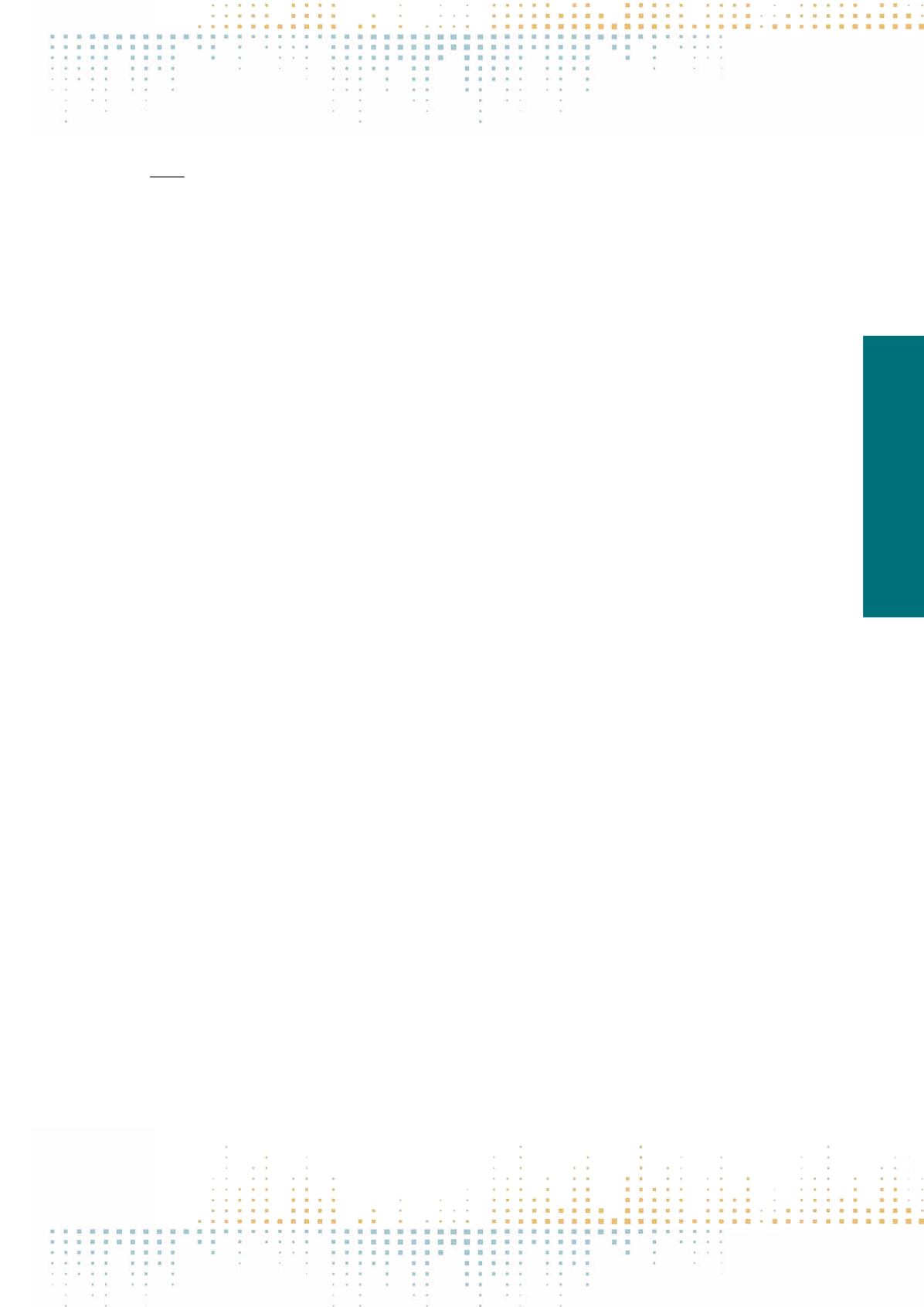

101
Friday, November 11
1 4 : 3 0 – 1 6 : 0 0
PS 020
Towards an “Economic Democracy”, Insights from the Construction of Microcredit as a Cause
V. Odile
1
1
Audencia Group, SciencesCom- School of Communication and Media, Nantes, France
The engagement of an idea of microcredit into the controversial communicational journey of being regarded as a universal (unanimous and across coun‑
tries) cause bears testament to how economic actors build a voice in the public sphere to advocate for poverty eradication and the poor’s empowerment.
How do an argumentation and an overarching narrative advocating for the development of an “economic democracy” emerge in the process of building
microcredit as an international cause? A cause, following Voirol (2003) is not such by inherent nature. It is a discursive process expanding itself through four
stages. Three of them are internal to the group bearing the cause– negation, identification, interpretation – and the fourth – claim - is external. Indeed,
cause bearers, to become such as a collective entity, have to be able to reject a problematical situation, to transform emotion into an audible, shareable
statement and to elaborate a narrative that links together the context, the players, the desired goal and point out its opponents. Once released in the me‑
diatized public sphere, the narrative can achieve visibility, be acknowledged, discussed and/ or criticized. The heterogeneous international network of mi‑
crofinance actors, the“microcredit summit campaign”(the Campaign), was endeavored to promote microcredit as a way forward to eradicate poverty. Were
qualitatively analyzed two categories of its internal media: annual reports released since its inception in 1997 and proceedings from global summits. Were
questioned the thematic content, the discursive enunciation processes, the argumentation and semiotic dimensions of the narrative and visual portraits
consistently used in the documents Fundamentally varied, the Campaign has to be visible and legible in a mediatized public sphere. First, building micro‑
credit as a cause involves various issues: the legitimacy of its bearers to voice the claim, the demonstration of a governance model adequate with its stakes,
the representation of vulnerability and the “unbearable lightness” of money that displays an energy per se (Simmel). Secondly, formulating a relation
between the act of including in the web of formal financial links people excluded from it and the opportunity to voice out in a direct and/or mediated way
their“struggle for recognition”(Honneth, 2000), the Campaign had to adapt its discourse over the years to maintain the coherence of its claim. Furthemore,
the analysis underlines the various regimes of discourse used over the years to adapt to the context, to foster the development of the industry, to organize
the polyphony of the actors and to handle internal and external debate epitomizing the tensions between grassroots advocacy, non-profit lobbying and
business interests. Moreover, credit means both loans and the trust and good reputation that is granted to and/or achieved by someone. The construction
of the micro-entrepreneur, an ideal and universal borrower, becomes, thus, symbolically essential. At last, money is both euphemized and underscored in
the Campaign’s discourse. It features the ambivalence of money, which can positively impact a vulnerable person’s situation and damage it. It can generate
responsible investments and profit-oriented ones. In the discourse, the macro-entrepreneur, another built role model, controls this“lightness”.



















